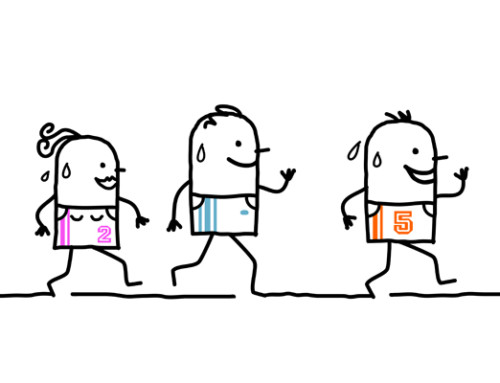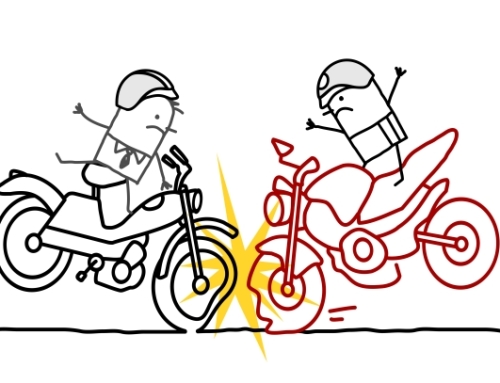Realizing that urges and cravings eventually pass can make the battle against addictions and eating disorders much easier to win.
One of the biggest challenges in addiction counselling and eating disorders counselling is dealing with urges and cravings. These urges and cravings to engage in addiction or eating disorder behaviours can sometimes feel so strong that giving in to them may seem like the only way to reduce their intensities.
Giving in is not the only way to reduce the intensity of urges and cravings
A breakthrough in managing urges and cravings occurs when you discover that giving in to urges and cravings is not the only way to reduce their intensities. This insight comes from recognizing that urges and cravings are time-limited. That is, once they begin they reach a peak of intensity before eventually passing.
Once a person understands the time-limited nature of urges and cravings, they can capitalize on this knowledge by having a plan in place to get through the urges and cravings without giving in to them until they pass. Success in riding out the urges without succumbing to them then leads to increased confidence in one’s ability to refrain from their addiction or eating disorder behaviours.
You will need to take some fundamental steps to gain control over your urges and cravings before reaching that success point. These include: (1) Doing experiments to test the notion that urges and cravings are time-limited; (2) Developing a repertoire of strategies to use in riding out the urges and cravings until they pass. I will discuss each of these points in the following sections.
Doing experiments to realize that urges and cravings are time-limited
Many clients have given in to urges and cravings so often that they assume it as an incontrovertible fact that this is their only option. As a first step in casting doubt on this view, I often suggest an experiment in which these clients try delaying the time by which they give in to their urges and cravings. For example, if they have previously given into an urge before a minute has elapsed, they are initially asked to delay acting on the urge for an extra 30 seconds or a minute.
Once they have some initial success in delaying giving in to their urges and cravings, I ask these clients to delay giving in to their urges for progressively longer periods. Eventually, clients have delayed long enough for the urges and cravings to pass. Clients thereby realize that they have more control over acting on their urges and cravings than they initially thought. They also come to a new view regarding the trajectory of urges and cravings. That is, they no longer view them as continuing at a high level of intensity indefinitely but instead realize that they will diminish in intensity after a given period of time. This gives them confidence that if they can avoid acting on the urges and cravings until that time, they will not have to deal with them until their next occurrence.
Strategies to use in riding out urges and cravings until they pass
These include: (1) Attention-switching activities which take the focus off your urges and cravings (such as calling a friend to chat or playing a game); (2) Using skills to manage stress when this plays a role in the particular urges with which you are dealing (such skills include relaxation exercises like diaphragmatic breathing and cognitive restructuring techniques to manage stress by changing your thoughts); (3) Reminding yourself of the negative consequences of giving in to your urges and cravings; and (4) ‘Urge surfing’ in which you track the intensity of the urge until it peaks and then subsides (like a surfer riding a wave).
A psychologist who is skilled in cognitive behavioural therapy can help you implement the ideas discussed in this article. I help my clients do so in my work as a Calgary psychologist and a Cochrane psychologist.
May you gain control over your urges and cravings,
-Dr. Pat








Leave A Comment